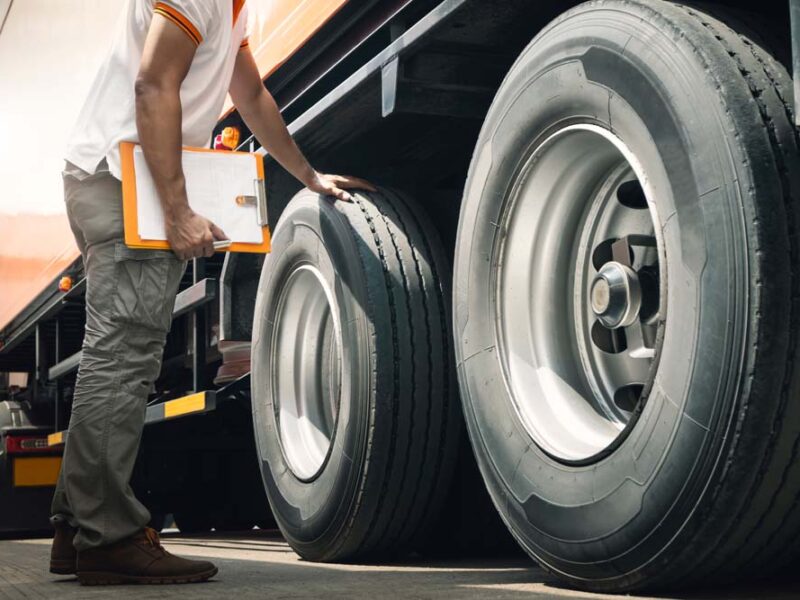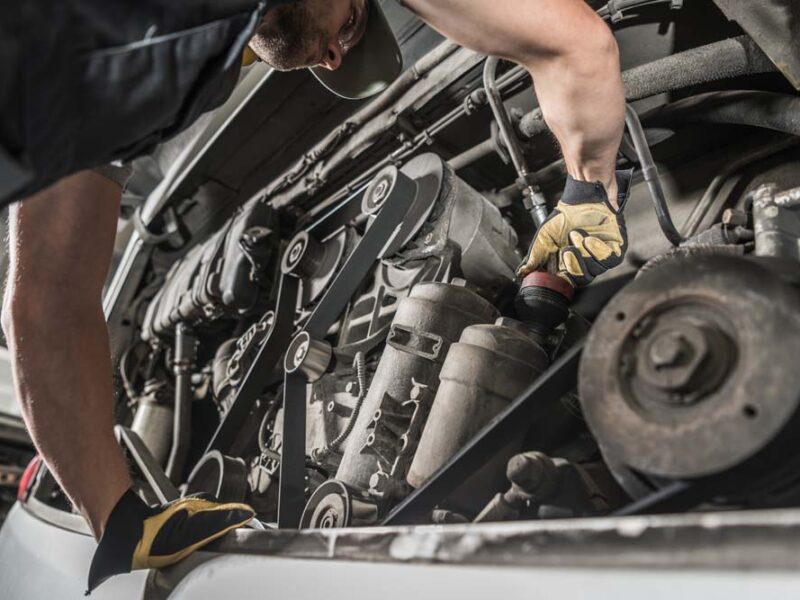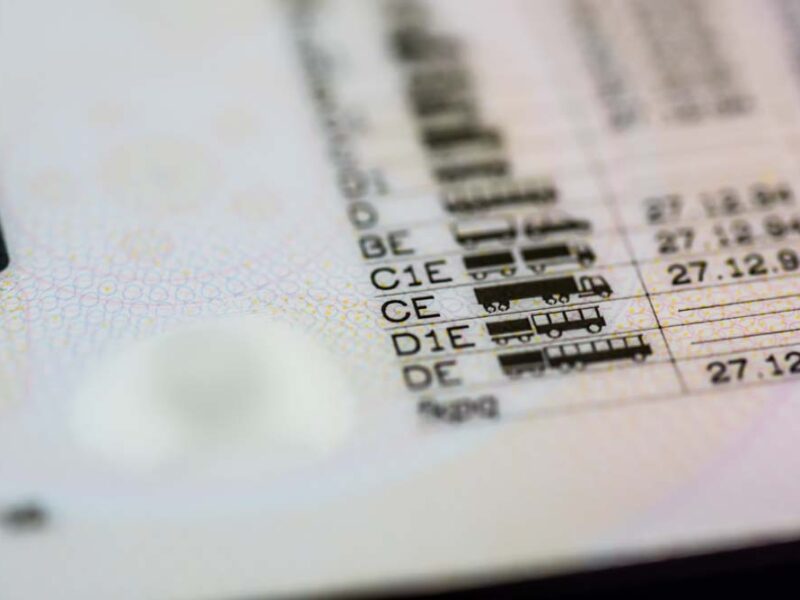New Rules for Vehicle Operators and Drivers Carrying out International Journeys
The Department for Transport (DfT) and the Driver & Vehicle Standards Agency (DVSA) recently issued a bulletin regarding the new rules that vehicle operators and their drivers will have to comply with if travelling on international journeys.
The changes will take place at the end of 2024 or at the start of 2025 and involve both HGV and PSV operations.
HGV Changes:
There are three areas where changes to driving a heavy goods vehicle internationally are to be made:
- EU Drivers’ Hours Records
Currently, the rules state that drivers must be able to produce drivers’ hours record sheets, manual records and printouts evidencing the last 28 days of activity within the European Union, just as they would if driving in the UK. From 31st December 2024 this period of documentation is to be extended to 56 days’ worth of evidence if driving within the European Union. This will obviously involve drivers travelling from the UK on international journeys across the continent. The documents and record keeping for drivers’ hours rules for operations undertaking this sort of work will therefore have to be adapted to ensure that suitable records for the extended period of 56 days are available.
- Smart Tachograph 2 – Need for Retrofitting Vehicles for EU Travel
The EU regulation No. 165/2014 states the timeline for implementation of the “smart tachograph 2” technology which requires all vehicles crossing borders to have this tachograph technology fitted. Any vehicles from the UK travelling in the EU must from 31st December 2024 have this technology fitted, which will mean that vehicles with analogue or digital 1b tachographs must be retrofitted before this date with smart tachograph 2 devices if they are to be used for international journeys.
Vehicles fitted with smart tachograph 1 technology have until 21st August 2025 before they too must be retrofitted with the new technology, if undertaking international journeys.
- Dangerous Goods ADR – 2025 Update
“ADR” stands for the European Agreement concerning the International Carriage of Dangerous Goods by Road. It is a set of regulations that govern the transportation of dangerous goods by road and enables those the goods to cross international borders freely. It covers the safety of vehicles, drivers and the goods being transported and includes requirements for the construction, equipment and documentation of the vehicles carrying the goods as well as the packaging and labelling of the actual goods being carried. It applies to all commercial vehicles and trailers carrying ‘dangerous goods’ as defined in bulk by road. The body that is in charge of setting the rules for the ADR is the United Nations Economic Commission for Europe (UNECE). The UNECE updates the rules and regulations governing this area every two years. 2025 is a designated ‘change’ year, which means that operators who are carrying Dangerous Goods may operate under the outgoing or the incoming rules from 1st January 2025 to 30th June 2025, but from 1st July 2025 onwards must adhere to the new set of rules as specified by UNECE. So make a note in your diary to review those rules well ahead of the July deadline to ensure that your vehicles are compliant.
PSV Changes:
- EU Drivers’ Hours Rule.
UK coach (PSV) operators travelling to and from the EU will not be subject to the new requirement in the EU to carry 56 days’ worth of tachograph data, the Department for Transport (DfT) has clarified. In order to meet international rules and obligations all operators of Passenger Service Vehicles (PSV) with more than 10 seats undertaking journeys between the UK and EU should be operating under the European Agreement Concerning the Work of Crews of Vehicles Engaged in International Road Transport, known as the AETR rules. These rules are similar to the EU rules but there are some differences such as:
- Returning to base or the drivers’ country of residence
- Interrupting weekly rest periods
- Reaching the employer’s operational centre or driver’s home (unforeseen events)
- Accommodation for weekly rests
- 28 day document production.
For more information on the AETR rules and the differences please click here.
The Confederation of Passenger Transport (CPT) Operations Director, Keith McNally was reported in “Routeone” as having received assurances from the DfT relating to EU enforcement of the applicable rules. He goes on to admit though that the diversification from the EU Drivers’ Hours Rules may cause road enforcement personnel in the EU confusion and that this might lead to “complications”.
- Smart Tachograph 2 Requirement
Similar to the HGV rules on this new technology PSV operators must ensure that any coaches coming from the UK and travelling in the EU must from 31st December 2024 have this technology fitted, which will mean that vehicles with analogue or digital 1b tachographs must be retrofitted before this date with smart tachograph 2 devices if they are to be used for international journeys. Those coaches with the smart tachograph 1 technology have until 21st August 2025 before they too must be retrofitted with the new technology, if undertaking international journeys. Unfortunately the requirements to have smart technology equipment retrofitted to older vehicles do not apply under AETR rules, which contradicts the current UK law. The CPT reports that the DfT is taking this aspect under consideration and how enforcement of the rules will be applied will be communicated to PSV operators as soon as possible.
If you would like any advice on these matters or anything else to do with your transport operation and business then call us now on 01279 818280 or click here to send us an email. We are here to help.
© Richard Pelly, January 2025

Latest Coach & Bus Industry News and Insight

New Rules for Vehicle Operators and Drivers Carrying Out International Journeys
The Department for Transport and the Driver and Vehicle Standards Agency recently issued a bulletin regarding the new rules that vehicle operators and their drivers will have to comply with if travelling on international journeys…

Road Haulage Association Members and DVSA Leadership Work Shadow Each Other!
To help highlight the Road Haulage Association’s “National Lorry Week” which this year was between 4th and 8th November 2024, the Road Haulage Association and the DVSA’s Leadership team decided to spend some time work shadowing each other….

2024 Update to Guide to Maintaining Roadworthiness (GTMR)
The Guide to Maintaining Roadworthiness is the Driver & Vehicle Standard Agency’s (DVSA) standard produced in collaboration with key industry stake holders which explains the responsibilities and systems involved in maintaining vehicles in a roadworthy….

New Driver CPC Reforms to be in Force from 3rd December 2024
Following a very lengthy consultation period on this matter launched in early 2023, Parliament finally debated the “Vehicle Drivers (Certificates of Professional Competence) (Amendment) Regulations 2024” on Tuesday 29th October 2024…

When Sat Nav’s Lead Lorries Astray!
Lorries getting into trouble and causing chaos in the small country roads of Great Britain have been making headlines again. Whilst a lot of this content is amusing and no doubt is a winner with internet audiences there is a very serious side to these incidents…

Traffic Commissioners 2023-2024 Report – the Highlights & the Lowlights of the Year
In early October the Traffic Commissioners of Great Britain published their annual report. The report encompasses the purpose of the individual Traffic Commissioners who are independent regulators for the goods vehicle and public service vehicle industries and their professional drivers…

Vehicle Maintenance Data Collected by the DVSA
In a recent ‘blog’ by the DVSA’s Danny Charles the amount and type of data that the DVSA collects was discussed. Some may find it surprising how much data the DVSA holds and makes available to the general public on individual transport businesses…

Murky Mini-Bus Waters in UK?
There has been reports in the industry news concerning the number of illegal operators of mini bus services who are operating un-hindered by the regulatory enforcement agencies…

Driver CPC – Changes Coming in 2024 and 2025
The Driver Certificate of Professional Competence (DCPC) was introduced in the UK in 2007, as specified in EU Directive 2003/59/EC for all commercial drivers…

Driving in the UK? Read about the latest Rule Changes in 2024
Earlier this year various new driving laws were introduced, impacting both standard road users as well as HGV and PSV road users across England, Wales & Scotland. If you are driving in the UK, especially if you are a commercial driver, then you should ensure that you are aware of these amendments and new rules…

Are You Taking your Responsibilities to Maintain your Vehicles Seriously?
Running a haulage business is not an easy undertaking. There are a multitude of decisions to be made on a daily basis before any driver actually gets behind the wheel and delivers the goods (or passengers!).

Update to the Guide to Registering & Operating Local Bus Services in England & Wales
The Senior Traffic Commissioner’s guide to registering and operating local bus services in England and Wales is intended to help operators of local bus services understand the requirements for registering a service.
